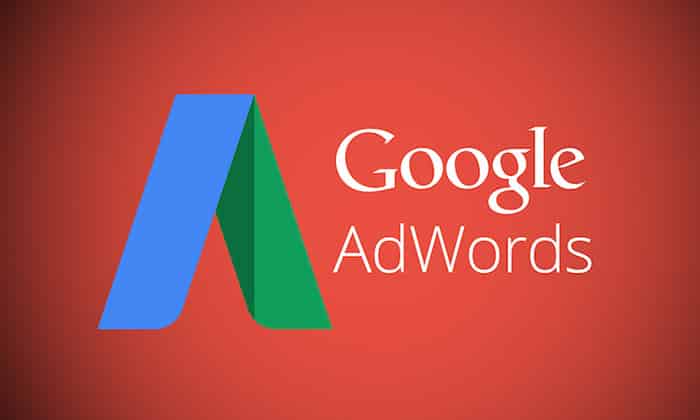The economic impacts of the pandemic are becoming more tangible with each passing day. A survey conducted by the Census Bureau determined that out of the 51% of companies reporting they had experienced substantial negative effects related to COVID-19 two months ago, 38% face the same challenges today.
Many businesses have adopted a belt-tightening approach. Capital previously designated for marketing has been diverted to sustain the operations. But not everyone is facing difficulties. Some businesses, like bike shops, for example, are experiencing an unprecedented economic boom due to shifted consumer behaviors. Companies fare navigating different scenarios with marketing challenges of their own. As there’s no one-size-fits-all solution, now is a pivotal time for small businesses to assess their marketing efforts and adopt an entirely revamped strategy that correlates with the new realities.
Considering your unique situation, what marketing model should you pursue to thrive post-COVID?
The America 2.0 marketing model
No one is sure whether the world can ever return to pre-pandemic conditions, meaning that it’s time to abandon the “old normal” concept and look to the future instead. For this purpose, 97th Floor has created the America 2.0 Marketing model. By analyzing two determining variants – financial runaway and demand – the model places businesses in one of four distinct categories and provides them with a viable strategy to confront the crisis.
The categories include opportunists, thrivers, survivors and waiters. Each type follows different rules to best guide success. Let’s take a closer look at each.
Opportunists
This category refers to those small businesses that don’t currently have the capital for significant marketing investments, but they are well positioned to consider high-risk, high-reward decisions. Such companies have low financial runaway but compensate with high demand.
Opportunists reap more results from aggressive marketing tactics. Examples of companies in this sector include supplement and vitamin suppliers in the health and wellness sectors that can score big should they capture the attention of a wider audience.
Opportunist companies shouldn’t be afraid to compete with larger brands. However, this doesn’t necessarily mean that they need to reach deep into their pockets to achieve positive results. If they haven’t already, they need to expand their focus on e-commerce and engage a broader consumer base. Opportunists can strategically employ tactics such as barnacle SEO, which consists of them latching to more prominent companies that are having an easier time ranking for various keywords.
It’s also time to consider marketing automation to effectively conduct customer support, email marketing, website management and sales inquiries. Innovations can also drive an extensive personalization effort, a strategy that 94% of businesses believe is key to stand out from the competition.
Additionally, areas such as social media could benefit from companies adopting a growth-hacking mindset, by staying away from traditional posts and content but releasing more engaging content that leverages distinct formats.
Thrivers
Just like the name states, companies in this category are best positioned in the pandemic, meaning they have a high financial runaway and demand. These conditions translate into a considerably growing number of customers and significant capital to invest in their marketing strategy.
Thrivers are businesses whose products have become essential to many. However, this goes way beyond hygiene and healthcare offerings; a great example of a thriver is a bicycle business, as the sales in the sector have soared significantly compared to 2019.
While thrivers hold a low-risk position, it doesn’t mean they shouldn’t be bold when exploring new possibilities. Their plan should be centered around customer retention because of the current fast-changing environment, but even such a focus can be approached creatively.
After all, competition over customers is high in this category; these businesses need to go the extra mile with their messaging. Customers spend twice as much on businesses they feel aligned with versus businesses they don’t. For small brick-and-mortar stores, for example, this could mean identifying the needs of their communities and providing extra support through events and offers.
Also, it’s key to understand that online fads quickly come and go: While baking your own bread was a huge hit in the early weeks of the pandemic, consumers have now moved to different trends. From the SEO perspective, this means that thrivers need to stay ahead of current trends to target specific keywords related to the value they provide to their audiences.
Survivors
Survivors are the companies most affected by the lockdown and social isolation measures, generating a low demand and little financial runaway. Businesses in this category are susceptible to layoffs and budget cuts. That’s why their marketing strategy should focus on inexpensive but impactful tactics such as organic social media results, inexpensive targeted ads across platforms and community-building.
Some of the typical survivors are brick-and-mortar stores, travel agencies and hospitality providers. Companies in this sector need to look for different avenues to restart their operations and secure funding, such as through government aid or alternative business models.
On a practical level, small businesses in this category can take advantage of the unique markup and SEO opportunities specifically designed for the current situation. Both Facebook and Google are offering advertisement credits and grants for small and medium-size enterprises. With SEO, survivors want to focus on quick wins by leveraging the use of free tools like Google Analytics and SEObility.
Waiters
The most notable difference from survivors is that waiters – such as sport teams or airlines – do have large revenue streams. For waiters, the key strategy is to prioritize activities related to brand recognition. They have the resources to strategically target audiences and wait for the right moment to assume a more proactive stance.
However, most small companies don’t have the budgets of airlines. Still, there are cases in which revenue streams were high before the crisis. Small companies can drive brand recognition by leveraging ads targeted at their communities or releasing relevant media content. This way, they ensure they stay on top of their customers’ minds in the long term.
Similar to survivors, waiters can benefit from community-driven initiatives to lend a helping hand to their audiences. Not only should this be accompanied by relevant messaging, but these businesses should also bet on authenticity, because efforts that come across as profiteering from the situation could do more harm than good.
Beyond the quadrant: Marketing in the new normal
Before considering which specific marketing tactics or ad formatting to opt for, it’s important to clarify that, generally speaking, the small business label goes well beyond the traditional family-run retail shop. The most important definition for economically disrupted companies should be that of the Small Business Administration, as it defines the current eligibility for U.S. government aid.
Since the beginning of the pandemic, most small businesses have been burning the midnight oil to make the most of the situation. Whether it’s making up for a sudden surge in sales or prioritizing tasks with a limited budget, marketing efforts should never be left out of the conversation. After all, by designing a practical marketing strategy, businesses can ensure to track their progress and set goals that help them not only to survive but also to thrive.
With the past months bringing dynamic developments, consumers are more inclined now to change their habits than ever before. For small businesses, this is a signal to highlight the relevance of their product or service through their messaging and stress the value they add in light of the current situation. Connecting with loyal customers and those in need to offer support goes a long way and speaks volumes about any brand.
Original Source: business.com





